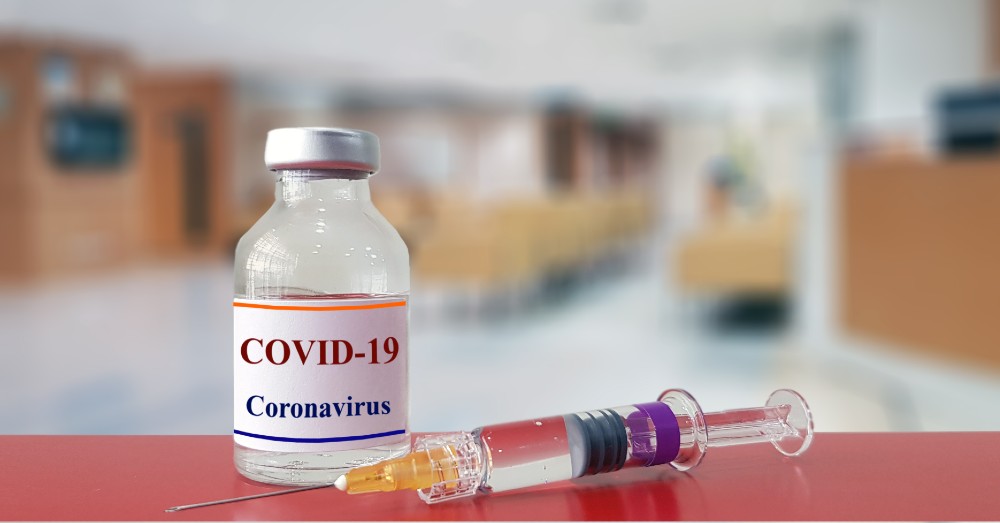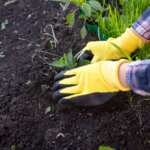As the days go by, it seems as if the coronavirus is spreading faster and faster, and people all over the world are wondering how to stop or at least slow the impact the virus has been having. Although most people are staying at home and avoiding coming into contact with others, the only true way to completely stop the spread of a virus or illness is by developing a vaccine. But oftentimes that is easier said than done.
Creating a virus can be a very difficult task to undertake, especially if the virus for which the vaccine is being created to stop is prone to mutate like the coronavirus is. But how are vaccines made in the first place, and why do they work once they’ve been put into a human?
Vaccines are Weakened Viruses
Perhaps the most important thing to know about the creation of a virus is that it is really just a weakened state of the actual disease. For example, a measles vaccine contains the measles germ, but the germ has been transformed so that it doesn’t actually make you sick. There are several ways a virus can be weakened, one of those being to change the blueprint or genetic code of the virus so it doesn’t reproduce well in the body. It still reproduces, but not as quickly or as strongly as the actual virus would. Scientists can also only use part of the bacteria in the virus, or they can extract the toxins from certain diseases (tetanus or whooping cough, for example). There is the option to destroy the virus, as well, but this is different from the typical method of weakening the virus. Killing the virus doesn’t allow the virus to replicate at all; this technique was used when developing a vaccine for polio. The reason medical professionals and scientific researchers use weakened germs is so the body gets a chance to build up a resistance to the illness before a person actually becomes infected with the sickness from which the vaccine was made. Antibodies are produced once the vaccine makes its way into the bloodstream as if the immune system is fighting off the illness itself. Part of the reason coronavirus is spreading so fast is because it is a new strain of the disease, and no one has immunity to it.
The Making of a Coronavirus Vaccine
The processes described above make it seem like the development of a virus wouldn’t be super complicated, at least for those who are trained in that field. So why can making a virus take over a year, and why aren’t they always foolproof? For example, thousands of people get flu shots each year, and many of them contract it anyway. The answer has to deal mostly with new and different strains of the disease, ones that people aren’t often protected from with a normal vaccine. For example, Flu A and Flu B are commonly contracted in the winter, but getting a flu shot might protect a person from only one of them. Coronavirus mutates quickly; viruses are made of RNA, which is single-stranded, rather than DNA, which is double-stranded. Because there is only one strand, mutations can happen more easily. The fear is that if a vaccine is created, it won’t protect against coronavirus because the virus will just mutate again.
Additionally, although diseases like COVID-19 have been seen, this particular strain never has been, so there isn’t a whole lot from which to work. Vaccines are unique because instead of treating or curing a virus, disease, or illness, they prevent it. They make it so the immune system is able to recognize and fight against a potentially deadly disease. However, because of all the different variations of a disease and the tendency for them to mutate, developing a vaccine can be a difficult and long process, which is why the use of drugs and treatments that have already been developed could be instrumental in the prevention of the coronavirus.
This post may contain affiliate links. Meaning a commission is given should you decide to make a purchase through these links, at no cost to you. All products shown are researched and tested to give an accurate review for you.




